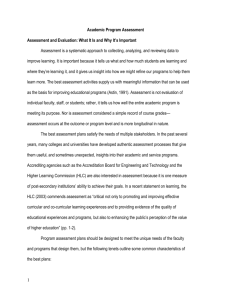Social Change Model of Leadership Development
advertisement
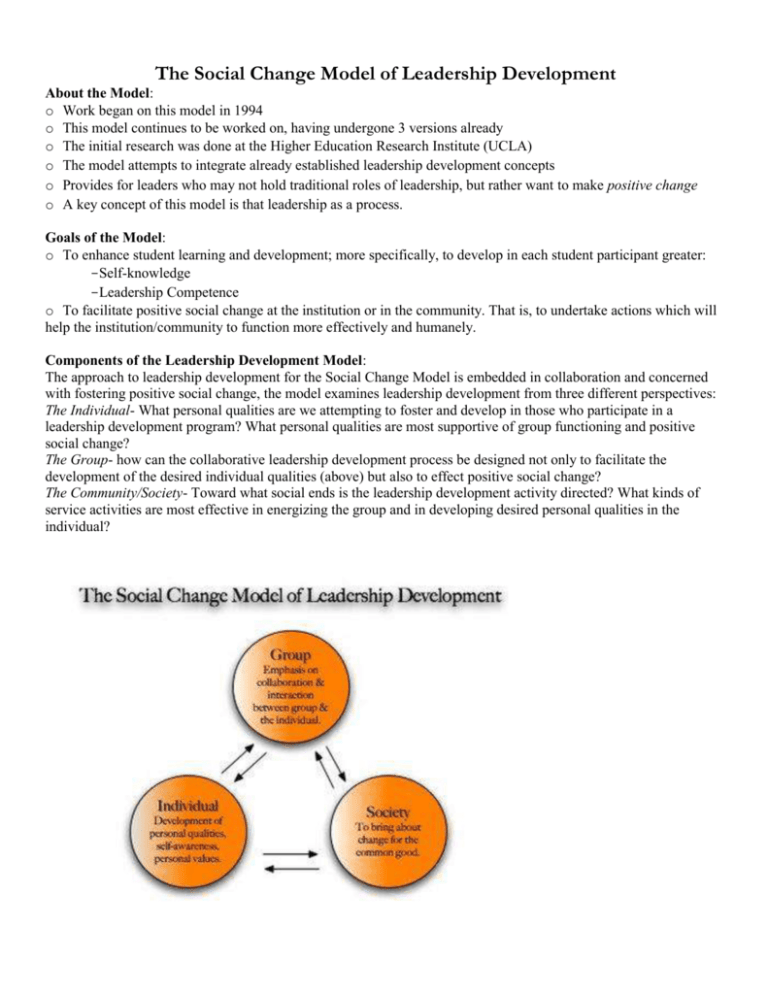
The Social Change Model of Leadership Development About the Model: o Work began on this model in 1994 o This model continues to be worked on, having undergone 3 versions already o The initial research was done at the Higher Education Research Institute (UCLA) o The model attempts to integrate already established leadership development concepts o Provides for leaders who may not hold traditional roles of leadership, but rather want to make positive change o A key concept of this model is that leadership as a process. Goals of the Model: o To enhance student learning and development; more specifically, to develop in each student participant greater: -Self-knowledge -Leadership Competence o To facilitate positive social change at the institution or in the community. That is, to undertake actions which will help the institution/community to function more effectively and humanely. Components of the Leadership Development Model: The approach to leadership development for the Social Change Model is embedded in collaboration and concerned with fostering positive social change, the model examines leadership development from three different perspectives: The Individual- What personal qualities are we attempting to foster and develop in those who participate in a leadership development program? What personal qualities are most supportive of group functioning and positive social change? The Group- how can the collaborative leadership development process be designed not only to facilitate the development of the desired individual qualities (above) but also to effect positive social change? The Community/Society- Toward what social ends is the leadership development activity directed? What kinds of service activities are most effective in energizing the group and in developing desired personal qualities in the individual? The 7 C’s Defined: Consciousness of Self: -Being aware of the beliefs, values, attitudes and emotions that motivate one to take action -Key to being able to develop consciousness of others Congruence: -Understanding and being consistent with one’s own values, beliefs, strengths and limitations -Interdependent with Consciousness of Self -Congruency tests o Personal o Collective congruency Commitment: -The psychic energy that motivates the individual to serve and that drives the collective effort. -Implies passion, intensity, and duration, directed both towards group activity and intended outcomes -Requires knowledge of self Collaboration: -Leadership as a group process; relational -Encourages group to transcend individual goals, interests and behaviors -Vital that group members explore differences in individual values, ideas, affiliations, visions and identities Common Purpose: -To work with shared aims and values -Enables the group to engage in collective analysis of the issues at hand and the task to be undertaken -Best achieved when all members of the group share in the vision and participate actively in articulating the purpose and goals of the activity Controversy with Civility: -Difference will exist in the group; the differences can be accepted and resolved through open and honest dialogue -Requires trust amongst the group members -Conflicts need to be resolved but also integrated into the common purpose Citizenship: -Not simply membership, but active engagement in community -Civic responsibility which works towards social change The practice of good citizenship should and needs to happen at every level of the model The Social Change Model Challenge: -“The model encourages highly participatory, non-hierarchical leadership, yet you…will be perceived by most students as being in a position of power and status.” -Therefore, we must: -Model the model -Remember that we are the catalysts from which this work will start -Continue to work on the model Source: Astin, Helen S. and Alexander W. Astin. A Social Change Model of Leadership Development Guidebook Version III. The National Clearinghouse of Leadership Programs, 1996.


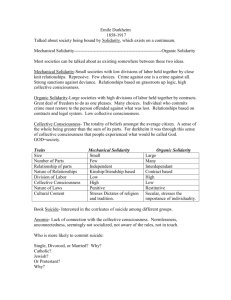

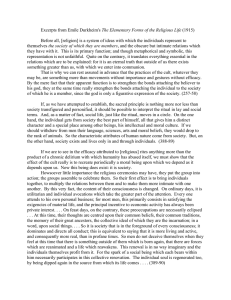

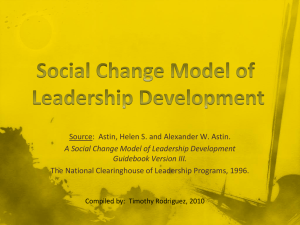
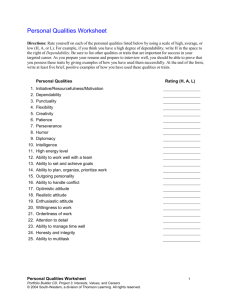
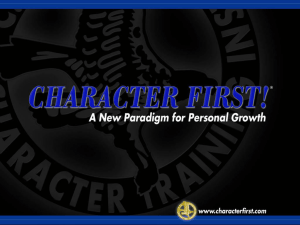

![Some Qualities of a Good Teacher[1]](http://s2.studylib.net/store/data/005352484_1-a7f75ec59d045ce4c166834a8805ba83-300x300.png)
